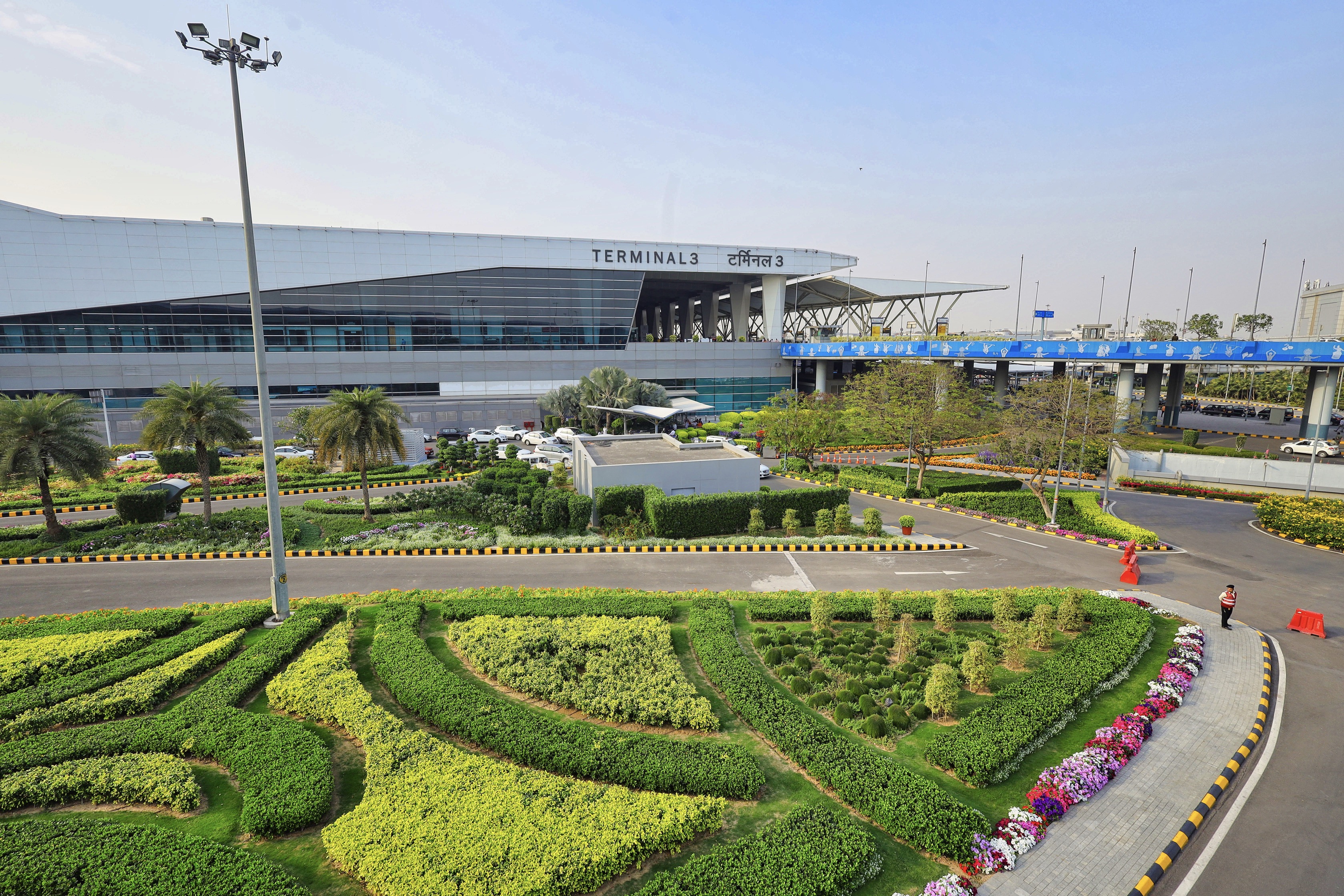
The aviation industry is a major contributor to global greenhouse gas emissions, accounting for about 2% of all human-caused emissions. Airports, in particular, are responsible for a significant portion of these emissions, due to their energy-intensive operations and reliance on fossil fuels. However, a growing number of airports around the world are taking steps to reduce their environmental impact and become more sustainable. Here in this article, we will provide a synthesized overview of the comprehensive approach to sustainability in the aviation industry.
Sustainable airports leverage solar energy to power various facilities. Photovoltaic panels, strategically installed on terminal rooftops and parking structures, harness solar energy for electricity generation. Advanced energy storage systems ensure a continuous power supply during non-sunlight hours, contributing to a substantial reduction in reliance on conventional energy sources.
Implementing smart grids enables airports to optimize energy distribution, monitor consumption patterns and implement demand-response strategies. By dynamically adjusting energy consumption based on demand fluctuations, airports can minimize wastage and enhance overall energy efficiency.
Integrating green roofs into terminal structures provides a dual benefit. These vegetative roof systems enhance thermal insulation, reducing the need for excessive heating or cooling. Simultaneously, they absorb rainwater, mitigating runoff and supporting sustainable stormwater management practices.
The construction of terminals using environmentally friendly materials, such as recycled steel and concrete, minimizes the carbon footprint associated with building infrastructure. Additionally, innovative designs focus on maximizing natural light penetration, reducing the need for artificial lighting during daylight hours.
To reduce emissions on the ground, airports are transitioning to electric ground support equipment. Electric baggage tugs, passenger buses and maintenance vehicles contribute to a cleaner airport environment. Implementing charging infrastructure and optimizing the fleet for electric propulsion are pivotal steps in this transition.
Investigating and adopting Sustainable Aviation Fuels (SAFs) is a key strategy for airports aiming to reduce aircraft emissions. SAFs, derived from renewable feedstocks, have the potential to significantly lower the carbon intensity of aviation fuel.
Research into hydrogen-powered aircraft is gaining momentum. Airports are exploring the infrastructure requirements and safety protocols associated with handling and refueling hydrogen-powered planes. This technology holds promise for achieving zero-emission air travel in the future.
Implementing Continuous Descent Approaches optimizes aircraft descent trajectories, minimizing fuel consumption and emissions during landing. Advanced air traffic management systems enable smoother coordination between air traffic controllers and pilots, facilitating the widespread adoption of CDA.
Integration of NextGen technologies, including data-sharing platforms and predictive analytics, enhances airspace efficiency. By minimizing delays, optimizing flight paths and reducing idling times, these technologies contribute to lower fuel consumption and emissions
Delhi International Airport (DIAL) in India is a good example of an airport that is taking a comprehensive approach to sustainability. DIAL has implemented several measures to reduce its energy consumption, switch to renewable energy, reduce fuel consumption and manage its waste effectively. Some of the specific measures that DIAL has implemented include
As a result of these measures, DIAL has reduced its greenhouse gas emissions by 25% since 2010. DIAL has also been recognized for its sustainability efforts, winning the ACI Asia-Pacific Airport Carbon Accreditation program's Level 4+ accreditation in 2022.
In the pursuit of global environmental responsibility, airports worldwide are embracing sustainable practices to mitigate their impact on climate change. Through innovative approaches such as solar energy integration, eco-friendly terminal design, electric ground support equipment, alternative fuels and advanced air traffic management systems, airports are not only reducing their carbon footprint but also setting exemplary standards for the industry. The success of Delhi International Airport showcases the tangible benefits of a holistic sustainability approach, leading to substantial emissions reduction and international recognition. As the aviation sector continues to evolve, these initiatives exemplify a commitment to a greener future for air travel.
If you need any services, drop us a mail at Rohitkumar.Singh@gmrgroup.in or get in touch with us at +919717199753.